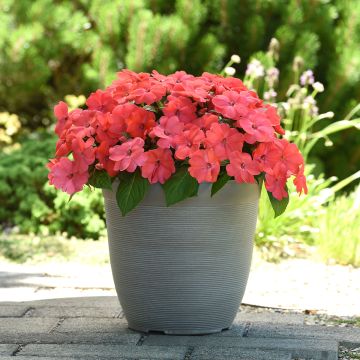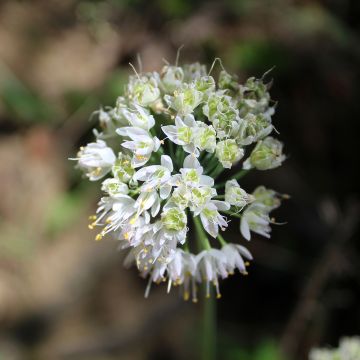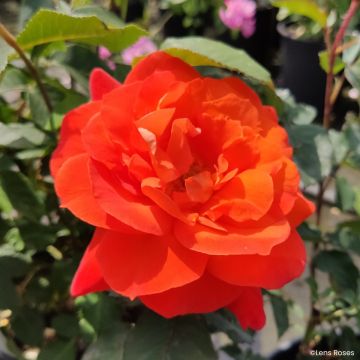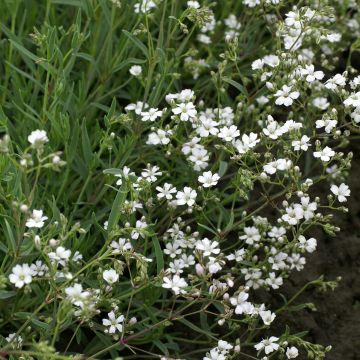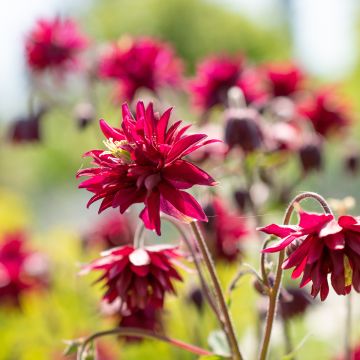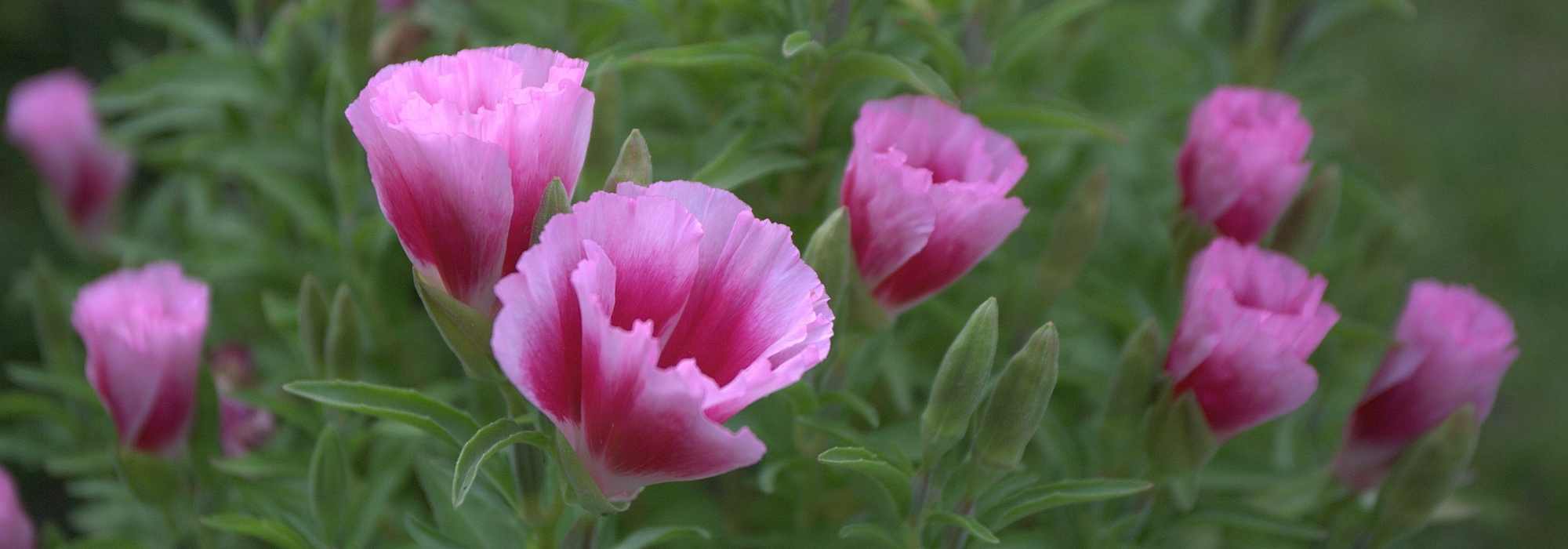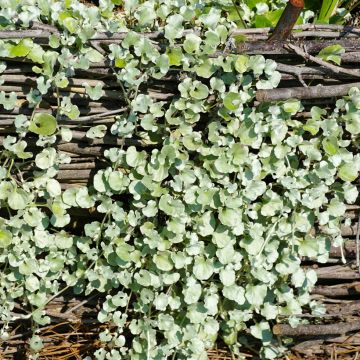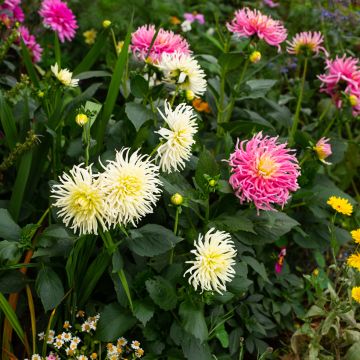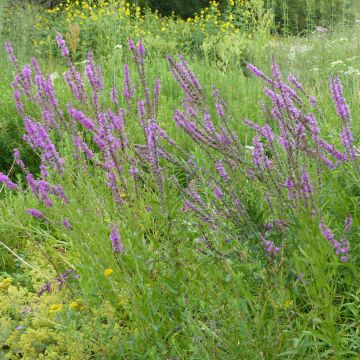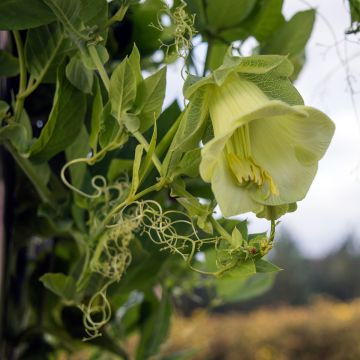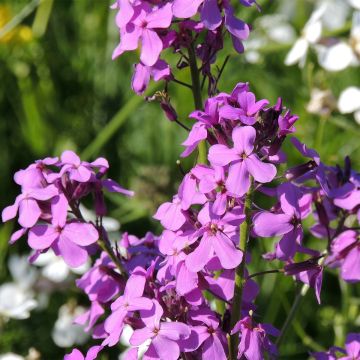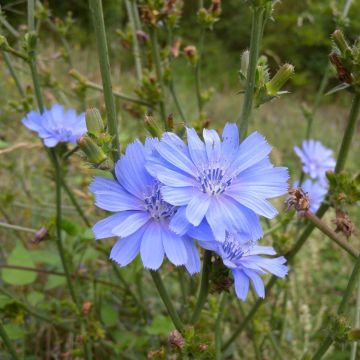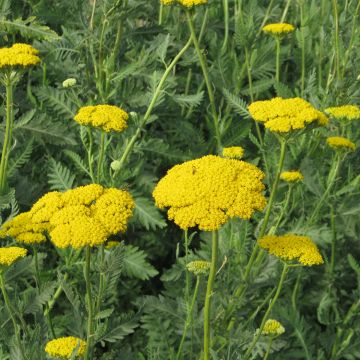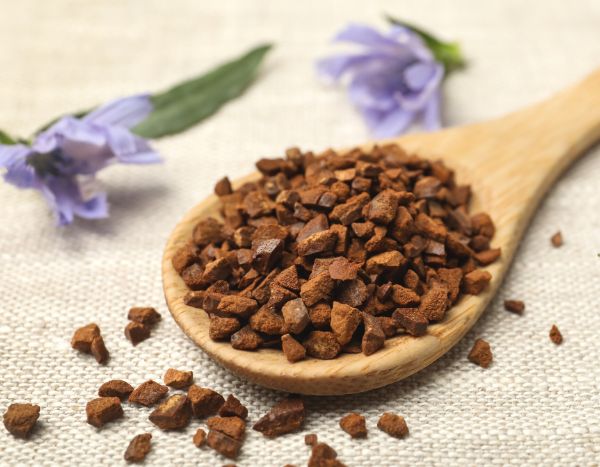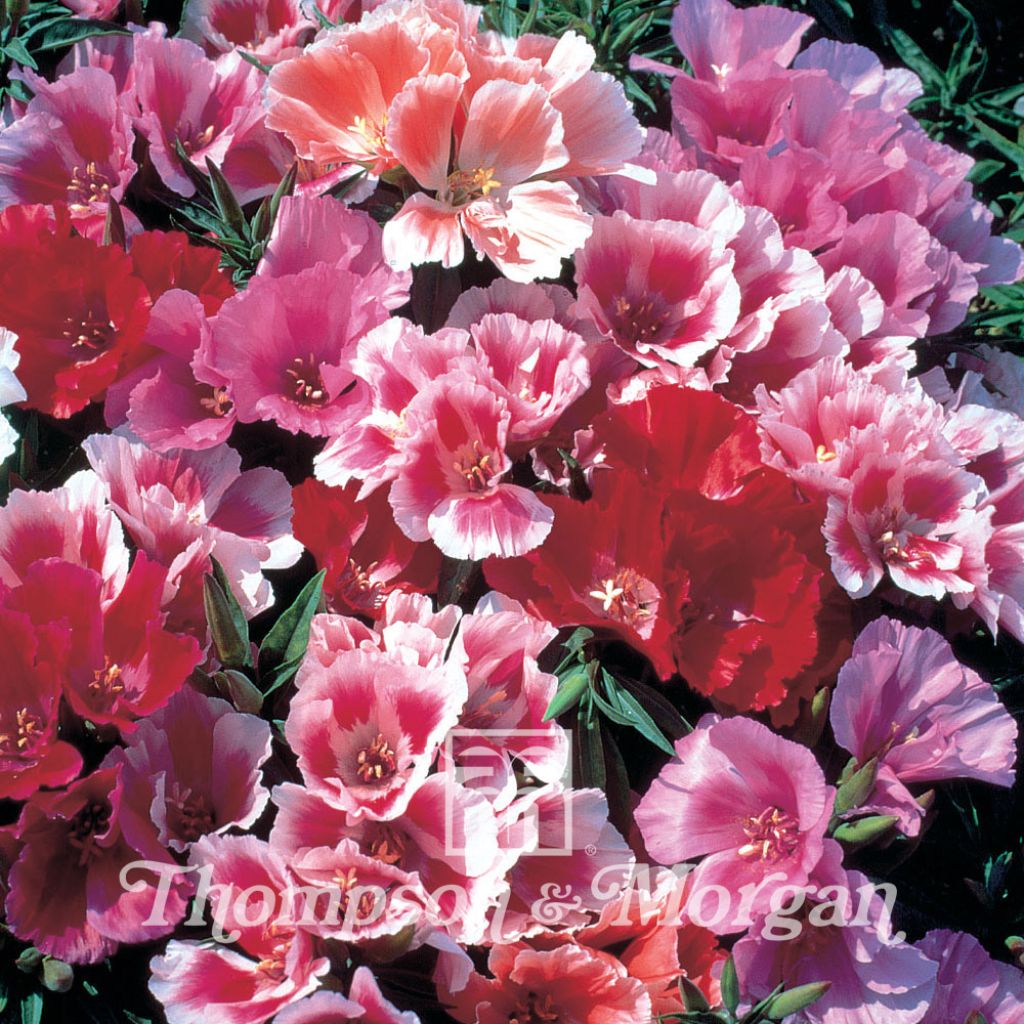

Godetia Thoroughly Modern Millie
Clarkia amoena Thoroughly Modern Millie - Farewell-to-spring
Godetia amoena Thoroughly Modern Millie
Farewell-to-spring, Summer's Darling
Special offer!
Receive a €20 voucher for any order over €90 (excluding delivery costs, credit notes, and plastic-free options)!
1- Add your favorite plants to your cart.
2- Once you have reached €90, confirm your order (you can even choose the delivery date!).
3- As soon as your order is shipped, you will receive an email containing your voucher code, valid for 3 months (90 days).
Your voucher is unique and can only be used once, for any order with a minimum value of €20, excluding delivery costs.
Can be combined with other current offers, non-divisible and non-refundable.
Why not try an alternative variety in stock?
View all →This plant carries a 6 months recovery warranty
More information
We guarantee the quality of our plants for a full growing cycle, and will replace at our expense any plant that fails to recover under normal climatic and planting conditions.
Would this plant suit my garden?
Set up your Plantfit profile →
Description
This old-fashioned Clarkia or Godetia is coming up to date with this Thoroughly Modern Millie blend of silky, funnel-shaped flowers in rich and fresh shades of pink, salmon, and red. It is a charming and floriferous annual plant, ideal for adding colour to summer flower beds. Let yourself be seduced by this lovely, azalea-like flower, which is very easy to grow in well-drained, fertile, moist to dry soil in the garden, also great for cut flowers.
Godetia amoena is now called Clarkia amoena or Clarkia grandiflora. It is an annual plant of the onagraceae family, native to California, which has given rise to numerous cultivars, including the plants in the Thoroughly Modern Millie blend, which are remarkable. A simple sowing will give vigorous and bushy plants, with many very fine branches, reaching a height of 35 cm (14in) in one season. Each plant develops into a small pyramid, topped in summer by as many spikes of silky flowers, with wide corollas in bright and varied colours, ranging from white to red, including all shades of pink. They have a flared shape and are gathered in terminal inflorescences. The flowering period extends from June to September, depending on the sowing date, which can be staggered to enjoy a long flowering season. The fruit is a capsule that splits open at maturity to release numerous seeds.
Clarkias enchant flower beds and borders, where they create remarkable spots of colour. The 'Thoroughly Modern Millie' blend brings with it the charm of cottage gardens. Sow it in slightly wild flower beds, alongside ornamental grasses like Stipa tenuifolia or Mulhenbergia capillaris, catmints, pink Damask Nigellas, California poppies and annual cornflowers. By combining them with Oriental poppies and asters, you can create ever-changing flower beds all summer. Clarkias make excellent cut flowers and are widely used in floristry. They can be sown in vegetable gardens, along with gladioli, to supply cut flowers for bouquets.
Flowering
Foliage
Plant habit
Botanical data
Godetia
amoena
Thoroughly Modern Millie
Onagraceae
Farewell-to-spring, Summer's Darling
Cultivar or hybrid
Other Thompson and Morgan seeds
View all →Planting and care
Sowing:
Sow clarkia seeds from March to May, directly in the ground.
Sow thinly, burying the seeds 3mm (0in) deep and 45cm (18in) apart in furrows dug in well-prepared and well-loosened soil. Thin out the seedlings, leaving a space of 15 to 22cm (6 to 9in) between each young plant.
For earlier flowering, you can sow indoors, in pots or trays.
Transplant when the young plants are large enough to handle, into 8cm (3in) pots or trays. Let them grow in full light, watering sparingly. Place them outside when all risk of frost has passed.
Cultivation:
Easy to grow in sunny climates, clarkias or godetias prefer slightly acidic, moist but well-drained soil. Allow the soil to dry out a little between waterings. Soil that is too rich promotes leaf growth at the expense of flowers. Removing faded flowers will help prolong the flowering period.
Sowing period
Intended location
Planting & care advice
This item has not been reviewed yet - be the first to leave a review about it.
Haven't found what you were looking for?
Hardiness is the lowest winter temperature a plant can endure without suffering serious damage or even dying. However, hardiness is affected by location (a sheltered area, such as a patio), protection (winter cover) and soil type (hardiness is improved by well-drained soil).

Photo Sharing Terms & Conditions
In order to encourage gardeners to interact and share their experiences, Promesse de fleurs offers various media enabling content to be uploaded onto its Site - in particular via the ‘Photo sharing’ module.
The User agrees to refrain from:
- Posting any content that is illegal, prejudicial, insulting, racist, inciteful to hatred, revisionist, contrary to public decency, that infringes on privacy or on the privacy rights of third parties, in particular the publicity rights of persons and goods, intellectual property rights, or the right to privacy.
- Submitting content on behalf of a third party;
- Impersonate the identity of a third party and/or publish any personal information about a third party;
In general, the User undertakes to refrain from any unethical behaviour.
All Content (in particular text, comments, files, images, photos, videos, creative works, etc.), which may be subject to property or intellectual property rights, image or other private rights, shall remain the property of the User, subject to the limited rights granted by the terms of the licence granted by Promesse de fleurs as stated below. Users are at liberty to publish or not to publish such Content on the Site, notably via the ‘Photo Sharing’ facility, and accept that this Content shall be made public and freely accessible, notably on the Internet.
Users further acknowledge, undertake to have ,and guarantee that they hold all necessary rights and permissions to publish such material on the Site, in particular with regard to the legislation in force pertaining to any privacy, property, intellectual property, image, or contractual rights, or rights of any other nature. By publishing such Content on the Site, Users acknowledge accepting full liability as publishers of the Content within the meaning of the law, and grant Promesse de fleurs, free of charge, an inclusive, worldwide licence for the said Content for the entire duration of its publication, including all reproduction, representation, up/downloading, displaying, performing, transmission, and storage rights.
Users also grant permission for their name to be linked to the Content and accept that this link may not always be made available.
By engaging in posting material, Users consent to their Content becoming automatically accessible on the Internet, in particular on other sites and/or blogs and/or web pages of the Promesse de fleurs site, including in particular social pages and the Promesse de fleurs catalogue.
Users may secure the removal of entrusted content free of charge by issuing a simple request via our contact form.
The flowering period indicated on our website applies to countries and regions located in USDA zone 8 (France, the United Kingdom, Ireland, the Netherlands, etc.)
It will vary according to where you live:
- In zones 9 to 10 (Italy, Spain, Greece, etc.), flowering will occur about 2 to 4 weeks earlier.
- In zones 6 to 7 (Germany, Poland, Slovenia, and lower mountainous regions), flowering will be delayed by 2 to 3 weeks.
- In zone 5 (Central Europe, Scandinavia), blooming will be delayed by 3 to 5 weeks.
In temperate climates, pruning of spring-flowering shrubs (forsythia, spireas, etc.) should be done just after flowering.
Pruning of summer-flowering shrubs (Indian Lilac, Perovskia, etc.) can be done in winter or spring.
In cold regions as well as with frost-sensitive plants, avoid pruning too early when severe frosts may still occur.
The planting period indicated on our website applies to countries and regions located in USDA zone 8 (France, United Kingdom, Ireland, Netherlands).
It will vary according to where you live:
- In Mediterranean zones (Marseille, Madrid, Milan, etc.), autumn and winter are the best planting periods.
- In continental zones (Strasbourg, Munich, Vienna, etc.), delay planting by 2 to 3 weeks in spring and bring it forward by 2 to 4 weeks in autumn.
- In mountainous regions (the Alps, Pyrenees, Carpathians, etc.), it is best to plant in late spring (May-June) or late summer (August-September).
The harvesting period indicated on our website applies to countries and regions in USDA zone 8 (France, England, Ireland, the Netherlands).
In colder areas (Scandinavia, Poland, Austria...) fruit and vegetable harvests are likely to be delayed by 3-4 weeks.
In warmer areas (Italy, Spain, Greece, etc.), harvesting will probably take place earlier, depending on weather conditions.
The sowing periods indicated on our website apply to countries and regions within USDA Zone 8 (France, UK, Ireland, Netherlands).
In colder areas (Scandinavia, Poland, Austria...), delay any outdoor sowing by 3-4 weeks, or sow under glass.
In warmer climes (Italy, Spain, Greece, etc.), bring outdoor sowing forward by a few weeks.


































